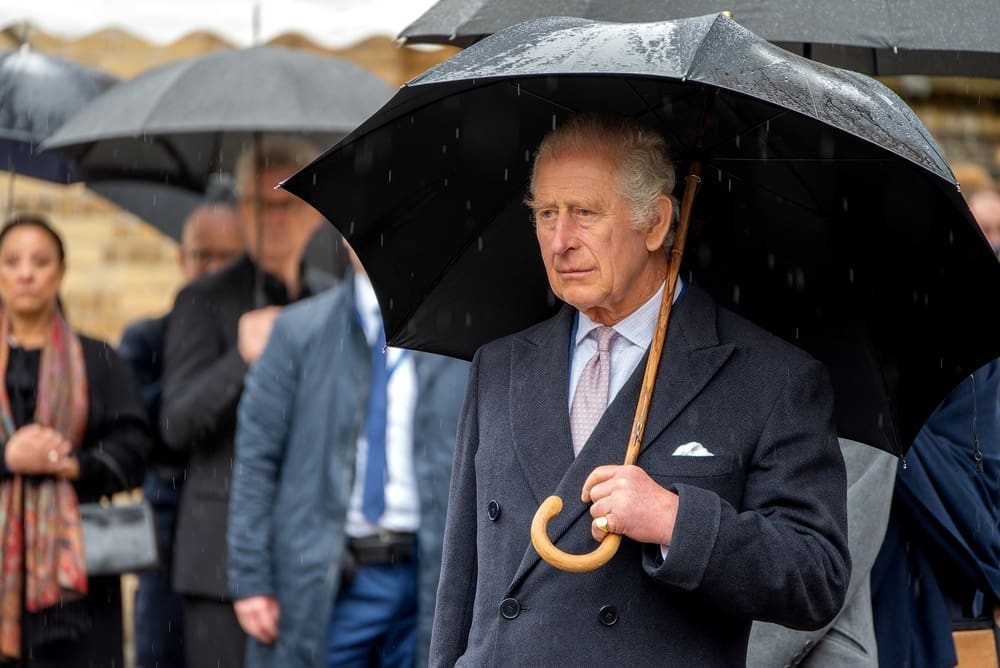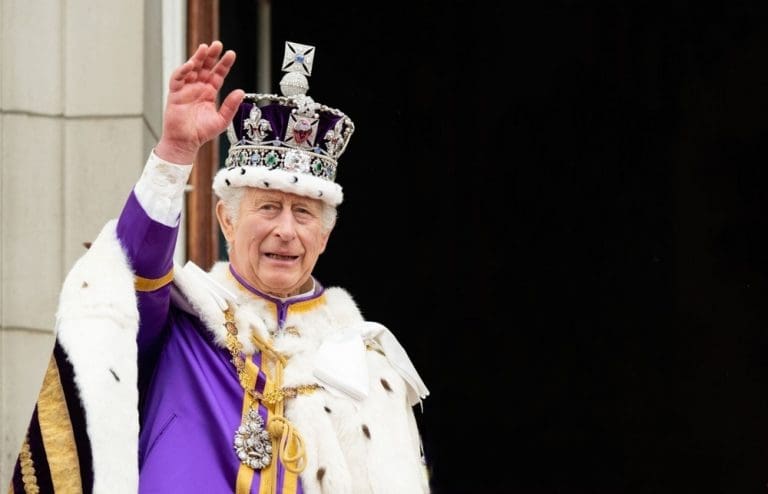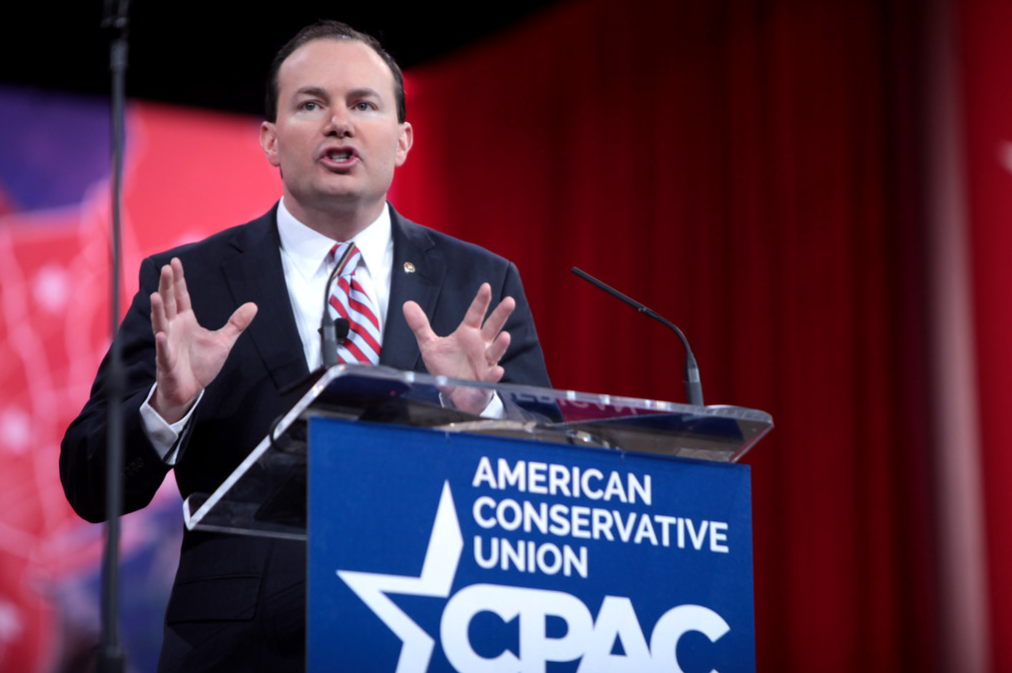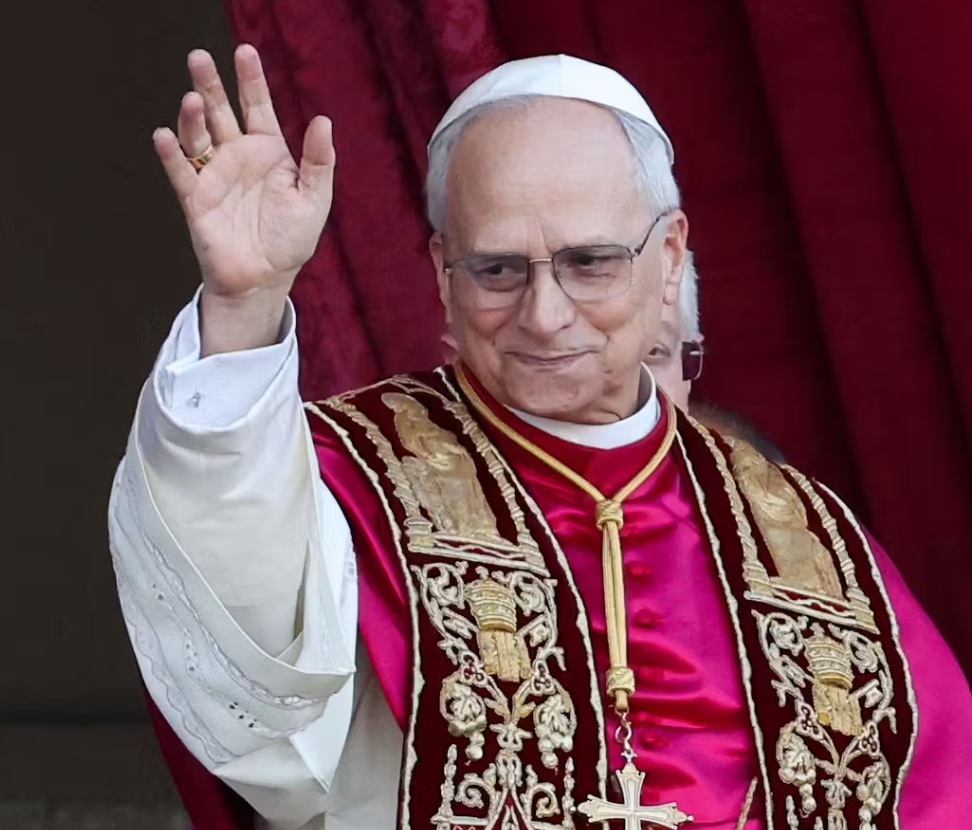King Charles III celebrates his birthday twice a year, a tradition steeped in history and practicality. His actual birthday falls on November 14th, but he also enjoys an “official” birthday in June. This additional celebration is marked by the annual Trooping the Colour parade, a grand event that dates back to the 18th century and features a spectacular display of military precision and pageantry.
The custom of having two birthdays for the British monarch began with King George II in 1748. George, born in November, combined his birthday festivities with the summer military parade to ensure better weather for the public celebrations. This practical adjustment meant that the festivities were more likely to occur in pleasant weather, which is essential for the outdoor ceremony.
Trooping the Colour, which happens every June, involves over 1,400 soldiers, 200 horses, and 400 musicians marching from Buckingham Palace to Horse Guard’s Parade and back. The event is not just a celebration of the monarch’s birthday but also a significant moment of national pride and military tradition. It showcases the British Army’s history and its regiments’ flags, which historically served as rallying points during battles.

For King Charles, the dual birthday tradition continues to honor this royal custom. On his official birthday, public celebrations include the Trooping the Colour parade, which sees thousands of spectators and a televised audience watching the procession. This second birthday allows for a broader public celebration, aligning with better summer weather, and provides an opportunity for the public to partake in the festivities.
Interestingly, Prince William, whose birthday is on June 21st, might not need an “official” birthday when he ascends the throne since his actual birthday already aligns perfectly with the annual Trooping the Colour. This could mean that William would only celebrate his birthday once a year, unlike his father and previous monarchs.
As King Charles celebrates his official birthday today, this tradition not only reflects the royal family’s rich history but also underscores the monarchy’s enduring connection to its people. The public spectacle of Trooping the Colour remains a cherished event, symbolizing unity and continuity in the United Kingdom.




